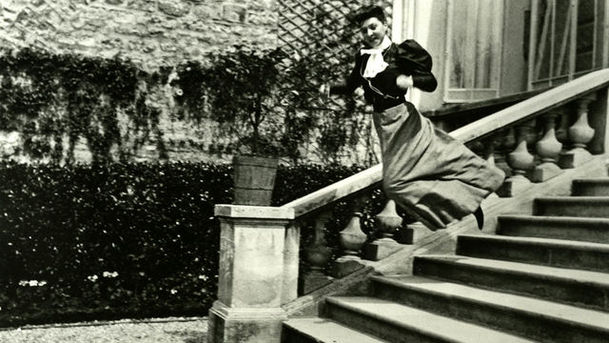The Genius of Photography - 1918-1945: Documents for Artists

Documentary series exploring the history of photography, from daguerreotype to digital, from portraits to photojournalism, from art to advertising. In the decades following World War I, photography was the central medium of the age. 'Anyone who fails to understand photography,' said the Hungarian artist and photographer Lazlo Moholy-Nagy, 'will be one of the illiterates of the future.' Precise, objective, rational and apparently machine-like, it was used to promote the radical utopia of the Soviet Union and to bring order and clarity to the chaos of Weimar Germany. While some prized photography for its machine-like qualities, others used it to explore the irrational and the surreal, photography's natural environment. The work of the greatest and most influential modern photographers - including Alexander Rodchenko, August Sander, Man Ray, Eugene Atget, Walker Evans and Bill Brandt - is examined in detail. With contributions from Martin Parr, Mark Haworth-Booth, and Berndt and Hilla Becher.